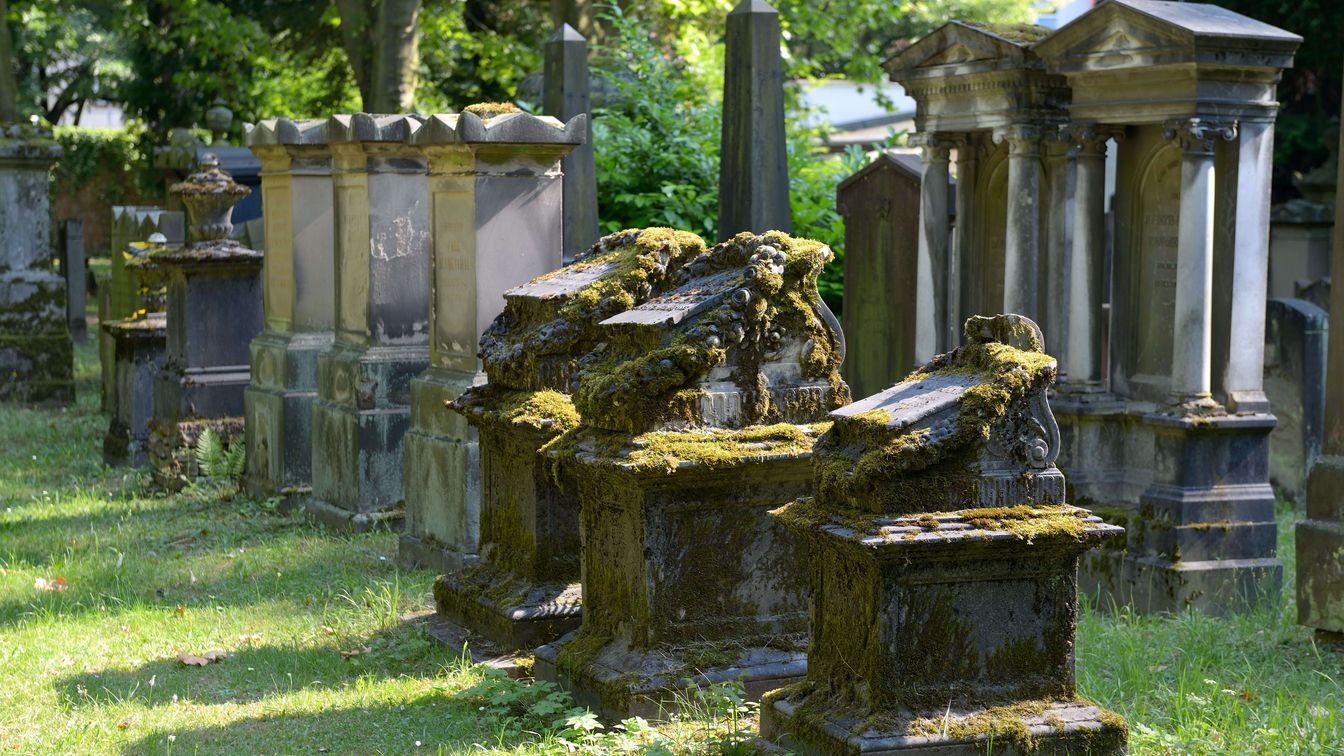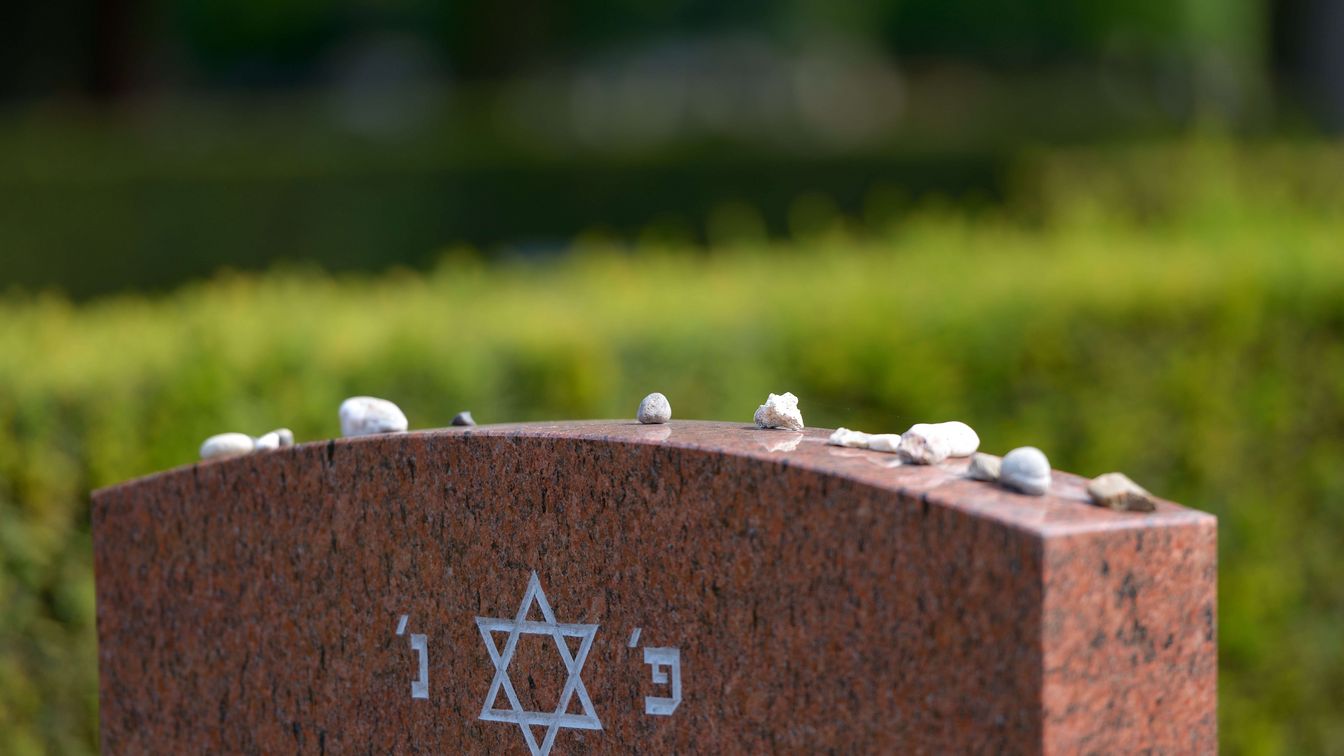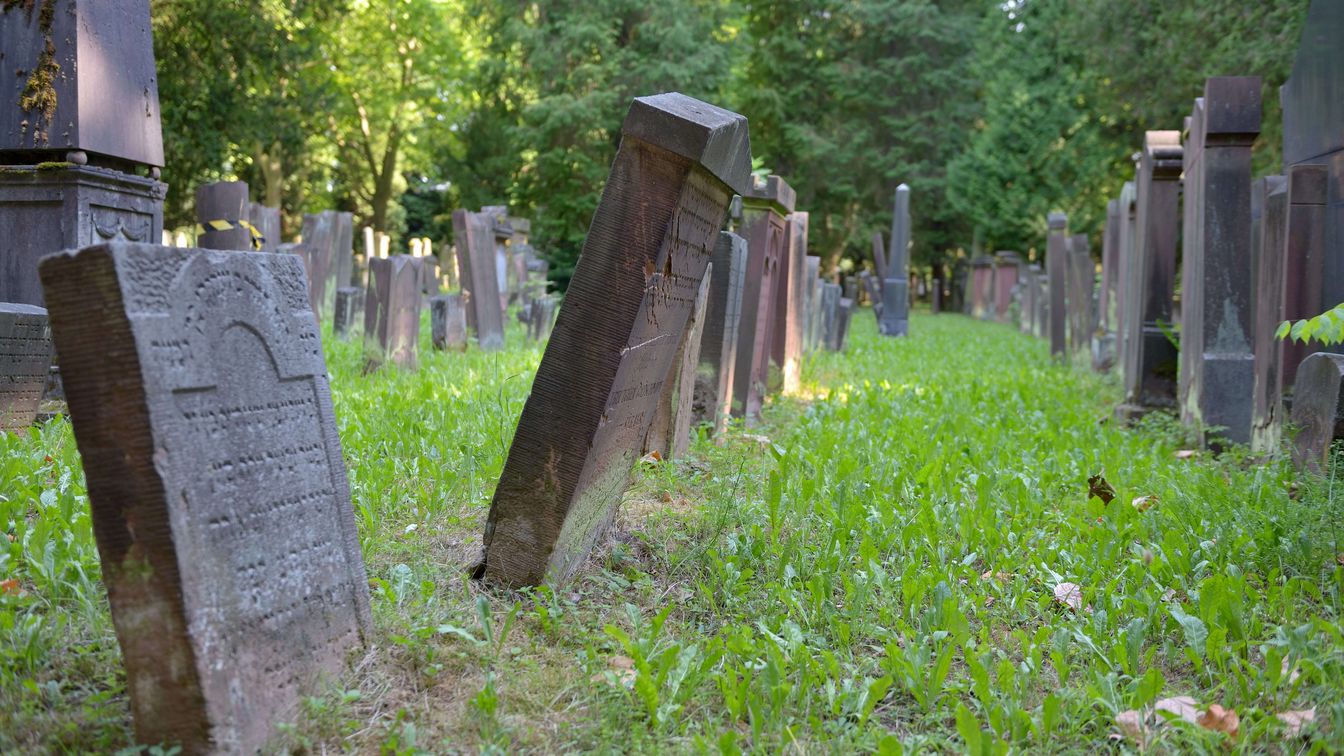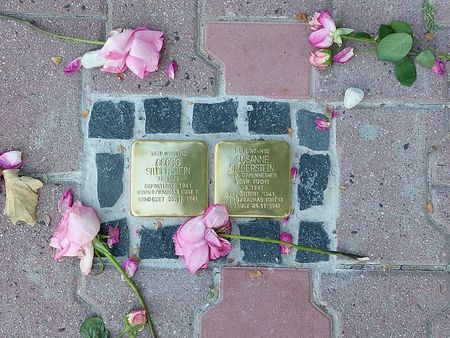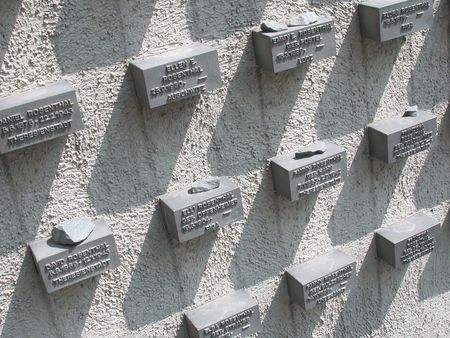There is documentary evidence of a Jewish population in Frankfurt as early as 1150. Their settlement, which was under imperial protection, was located in the immediate vicinity of today's cathedral. However, even the privilege of Emperor Frederick II could not prevent the first Frankfurt pogrom in 1241.
The next major clashes took place in 1349, when Jews were blamed for the plague. When the cathedral caught fire, the rumour was spread that Jews had set it on fire, once again unleashing popular anger. More than 200 Jews were murdered.
In 1462, the Jews were forced to live in a ghetto on the outskirts of the city. Around 2,200 people lived there for the next 350 years, crammed into around 160 houses along the 330-metre-long city wall. The lives of the inhabitants were restricted by ordinances.
The most threatening clashes occurred in 1612, when a (Christian) grocer named Vincenz Fettmilch turned against the existing order. The conflicts between the city's lower classes, the council, which was dominated by the patricians, and the Jews intensified and led to Fettmilch and his followers not only locking up the city councillors in the Römer for several days, but also calling for the looting of the Judengasse. The so-called "Fettmilch Uprising" only came to an end with the execution of the rebels in 1616.
In 1796, French troops bombarded the ghetto and destroyed it completely. As many families had to look for accommodation in other parts of the city, the ghetto was effectively abolished in 1796 and legally abolished in 1811.
The Philanthropin, a general education school, was founded in 1804. In 1850, orthodox Jews founded what would later become the Israelite religious community. However, citizenship continued to be denied to Jews in Frankfurt. It was not until 1864 that full equality was achieved. This enabled the Jewish community to grow.
The synagogue on Börneplatz was inaugurated in 1882, the synagogue in Friedberger Anlage in 1907, and the West End Synagogue in 1910. With around 30,000 members, the Jewish community in Frankfurt was the second-largest in all of Germany. Until the Second World War, Frankfurt experienced the most important era of Jewish activity, analogous to Jewish emancipation.
The year 1933 marked, as everywhere in Germany, a deep break in this development. There was a general boycott of shops whose owners were Jewish. Further drastic humiliations and reprisals followed.
In 1938, synagogues were burnt down while homes, doctors' surgeries and shops were looted. More than 2,500 Jewish men were deported to concentration camps.
From 1941, Jews had to wear the yellow star. More than 11,000 Frankfurt Jews were deported to extermination and concentration camps, where they were systematically murdered. Some were able to save themselves by emigrating.
After 1945, only a few hundred Jews returned to their destroyed hometown. The West End Synagogue was rebuilt in 1950. The Jewish Community Centre was opened in 1986.
